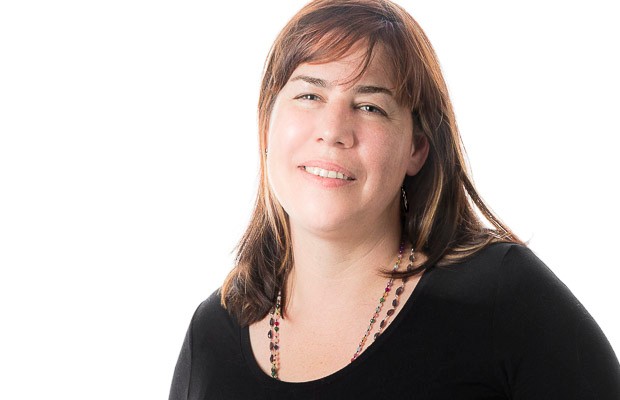Can you give us a general description your artistic practice?
My research creates cutting-edge scholarship in Indigenous art practice and fosters innovative developments in visual arts by bringing together ancestral and contemporary methods of working to facilitate meaningful, intersectional exchanges between Indigenous peoples and colonial settler society. My projects aim to examine the histories of cross-cultural objects and ideas between European and Indigenous cultures. Working through a material practice in fibres, sculpture and photography, I am interested in how objects, ideas, history and knowledge are transmitted, mediated and mistranslated between different cultures. What material gains or losses do we experience when incorporating different techniques to understanding the transmutability of historical and contemporary objects? In an era of proposed reconciliation between the Canadian government and indigenous peoples, my work seeks to bridge the gaps of understanding between communities.
What is your primary area of research (or research-creation) and what sparked your interest in it?
My research is primarily based in Indigenous material practice and is expressed in beadwork, fibres, sculpture, and macro photography. Lately I have been exploring working with ceramics to create large scale three dimensional beaded sculptures. I am also interested public art, performance and collaborative and participatory practices. I make art as a way to understand the complexities of the self.
Tell us about some work of art that you read, saw, or experienced this summer.
This summer I worked with a team of students at Concordia in the studio arts department from ceramics and fibres to create an 18 foot tall stand of birch trees out of woven ceramic beads as part of a public art work commission for the government of Canada.
Why did the Faculty of Fine Arts at Concordia seem like a good fit for you?
Concordia is innovative and forward thinking—but it is also my alma matter and it’s community helped foster and shape me into the artist I have become. I am forever thankful for the mentors I had here and in turn, I hope to do the same for others.
What was the best advice you ever received from a mentor as an artist or a scholar?
Be tenacious.
What classes are you teaching this year?
ARTX 480


 New faculty member Nadia Myre teaches an Art X course this year.
New faculty member Nadia Myre teaches an Art X course this year.